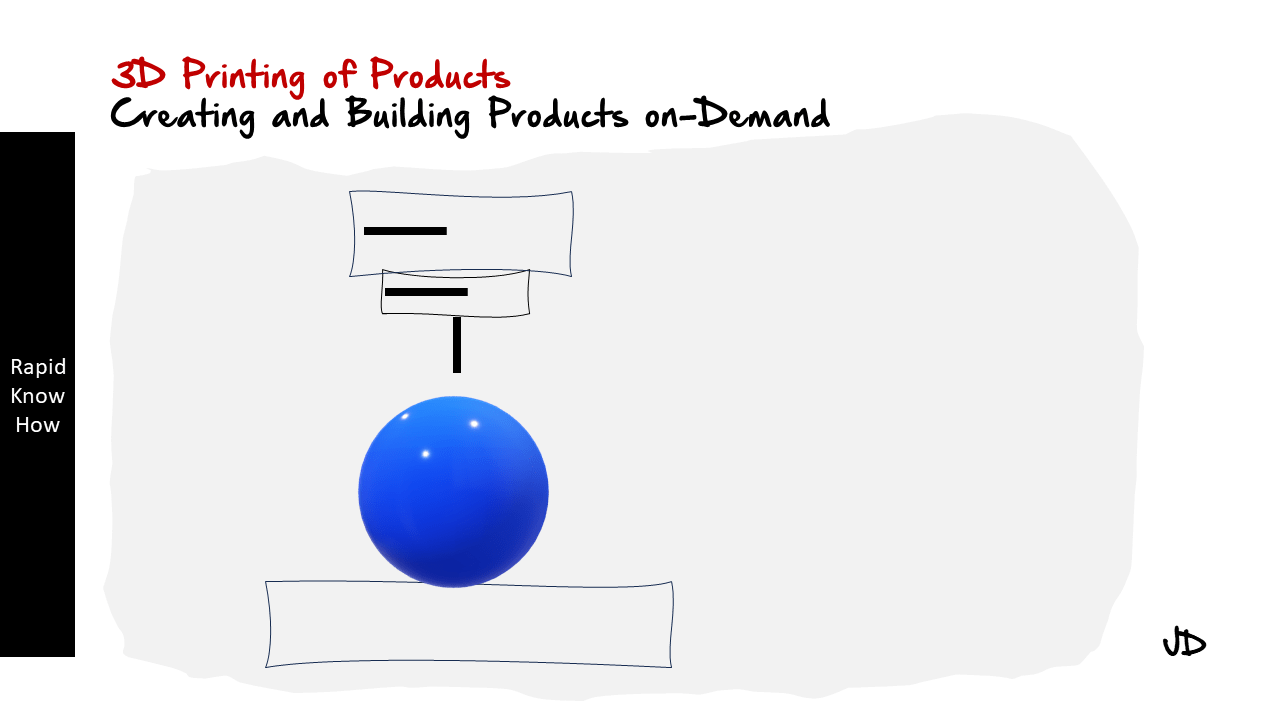Cracking the 3D Print Code: Industrial Gases
3D printing, also known as additive manufacturing, is a revolutionary technology that has transformed various industries, including automotive, aerospace, healthcare, and more. It allows for the creation of complex geometries and structures that would be impossible with traditional manufacturing methods. However, one aspect of 3D printing that is often overlooked but plays a crucial role in the process is the use of industrial gases.
Industrial gases are used in several stages of the 3D printing process. They are used to create an optimal atmosphere for the printing process, to improve the quality of the printed parts, and to post-process the printed components. The type of gas used depends on the material being printed and the specific requirements of the print.
For instance, argon and nitrogen are commonly used in metal 3D printing due to their inert properties. They help prevent oxidation and other chemical reactions that could affect the quality of the print. On the other hand, carbon dioxide is often used in laser sintering processes due to its ability to absorb infrared light.
Now let’s delve into how 3D prints are created on demand.
The Process of Creating 3D Prints on Demand
1. Designing: The first step in creating a 3D print is designing the object. This is done using computer-aided design (CAD) software. The design can be created from scratch or by using a pre-existing model.
2. Slicing: Once the design is complete, it needs to be converted into a format that the 3D printer can understand. This process is called slicing. The slicer software takes the CAD file and divides it into thin layers or “slices”. It also generates instructions for the printer on how to create each layer.
3. Printing: The next step is actual printing. Depending on the type of printer and material being used, this could involve melting plastic filament and depositing it layer by layer (Fused Deposition Modeling), or using a laser or electron beam to melt or sinter powder material (Selective Laser Sintering or Direct Metal Laser Sintering). Throughout this process, industrial gases play a crucial role in maintaining an optimal atmosphere for printing.
4. Post-processing: After printing, some parts may require post-processing to achieve their final properties or appearance. This could involve removing support structures, improving surface finish, or heat treating parts to improve their mechanical properties.
5. Quality Control: Finally, each part undergoes quality control checks to ensure it meets specifications.
In conclusion, cracking the 3D print code involves understanding not just how designs are turned into physical objects through additive manufacturing processes but also appreciating how industrial gases contribute significantly to these processes’ success. By ensuring an optimal atmosphere during printing and post-processing stages, these gases help achieve high-quality prints that meet desired specifications.
